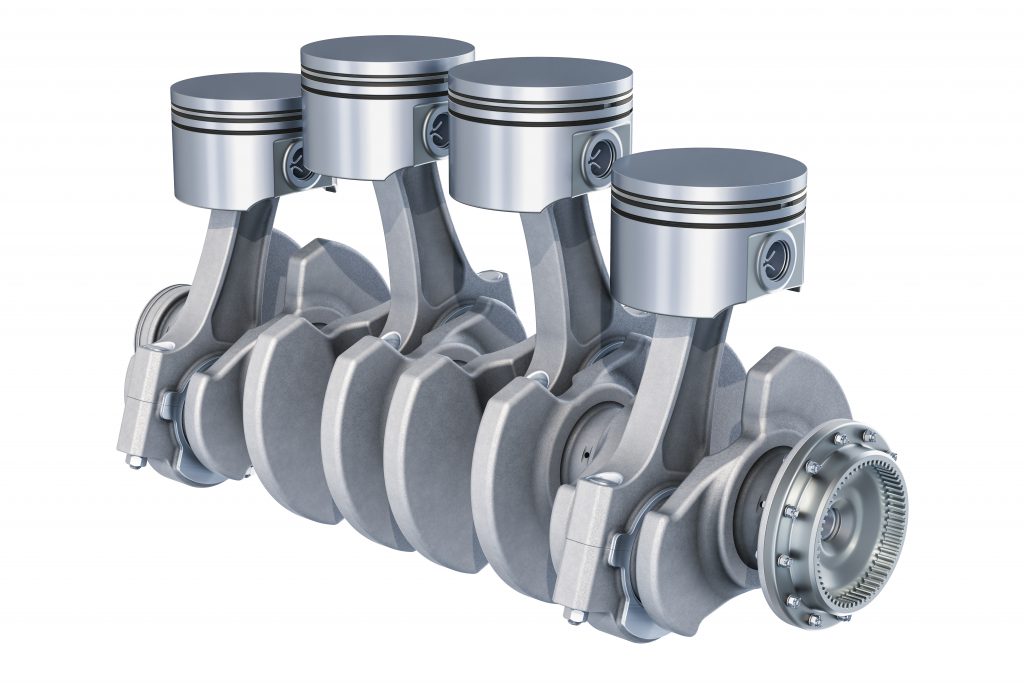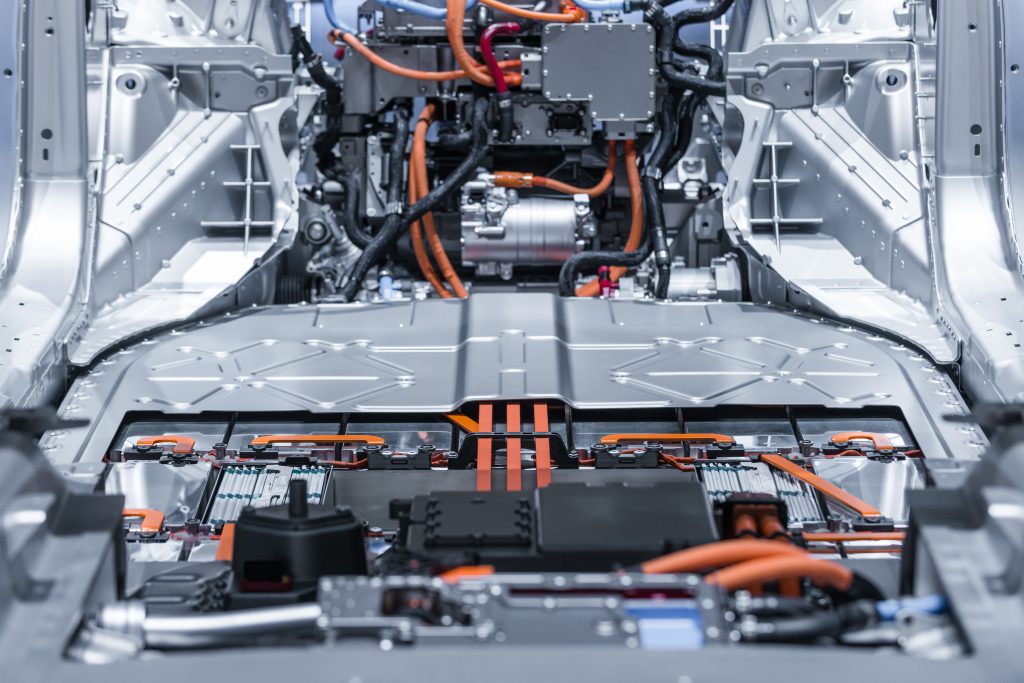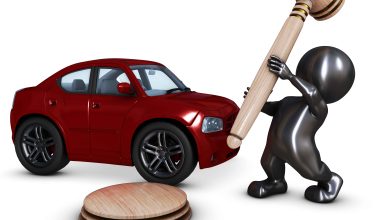Car Buyer’s Guide: Car Engines
Car manufacturers use a variety of engine configurations in their lineup. From economical inline 4s to power packing V12s or even hybrid powertrains, there are many reasons to why they pick a certain engine configuration over another. In this article, we’ll take a look at factors like price, maintenance cost, performance and ownership experience between commonly found engine configurations. Also, now that electric cars are increasing in popularity, we’ll also compare them with the different engine configurations to find out if they are worth a try!
Inline Engines

These are the most common types of engines and for good reason. They’re easy to manufacture, maintain and are capable of producing decent horsepower and torque numbers. These engines usually have a displacement of 1.5 to 2.5 L because they are usually used in economical cars. If you don’t know, the displacement is an important factor that impacts the engine’s power output and fuel efficiency. An engine with a higher displacement means that it will be able to create more power, while lower displacement means it’ll consume less fuel.
The most common type of Inline engine is the Inline-4. That’s because if more cylinders are added to the inline engine there will be space constraints. Hence, many manufacturers will opt for a V- engine if they wish to have 6 or more cylinders. Besides that, inline-4s are much easier to service than a V engine. That’s because the engine can be accessed from the top. Mechanics wouldn’t need to remove many components to get access to the spark plugs and valves.
Fuel consumption on an inline engine is similar to a V engine when comparing using the same driving behaviour. A general rule of thumb is the lower number of cylinders, the better the mileage is. Of course, you can tune your engine to produce more horsepower and torque but that comes at the expense of more fuel consumed.
V-Shaped Engines
When you think of all the iconic supercars that have been built, they usually have a V engine. From the Audi R8 to the Ferrari F40 and the McLaren F1, V engines are found in all of them.

V engines are essentially inline cylinders arranged in a V shape. This is done because of space constraints in the engine bay but this also means that the engine can be positioned lower. Because the engine is one of the heaviest components, it lowers the centre of gravity for better stability and handling.
V engines are a joy to drive but they do come at a premium price. You usually won’t find V engines in entry-level or even mid-range models. They’re now usually found in the luxury and sports car lineups from various manufacturers. That’s because these engines are more expensive to manufacture and maintain. A V engine has more components and is much more complicated to service than an inline.
But, if you have the money, it’s definitely worth it.
Hybrid Engines

Hybrid vehicles use a mixture of power delivered by electrical motors and an internal combustion engine (can be a V or inline engine). The electrical motors are fueled by the regenerative power collected while breaking. Because of this, hybrid vehicles usually get better mileage because they don’t need to use as much fuel compared to a traditional ICE vehicle.
An added benefit of using a hybrid is faster acceleration because torque is instantly available from the electric motor. Some lap records were broken by hybrid supercars like the Porsche 918, LaFerrari and the McLaren P1.
Hybrids are a common find in Singapore, especially amongst private hire drivers, because of its superior mileage capabilities. Although hybrid variants typically cost about $20,000 more than the traditional variants, the fuel savings, in the long run, are make up this initial cost rather quickly.
Besides that, maintenance on a hybrid is similar to an ICE vehicle but with the added care of the battery pack and electric motor which can cost a small fortune to replace.
Electric Engines

While petrol cars mainly get their performance from the engine, an electric car’s performance is dependant on the battery and its electric motors. That’s because the battery’s job is not only being capable of storing enough energy for long-range but being able to discharge it quickly for high-performance situations too. The electric motor plays a big role in the performance of an electric car too.
High-performance electric cars like the Taycan Turbo S and the Tesla Model S Plaid gets 2 to 3 high-performance electric motors compared just 1 smaller electric motor in a Nissan Leaf. Although an electric motor is considerably lighter than an Internal Combustion Engine (ICE), the battery pack in an electric car is extremely heavy. However, this also means that the batteries can be arranged at the bottom of the car, lowering the centre of gravity, therefore improving handling.
Also, you might notice that horsepower, torque and acceleration figures in electric cars are comparable to some supercars. That’s because there are lots of frictional losses in an ICE, whereas torque is almost instantly available on an electric motor.
The ownership cost of an electric car is slowly going down with newly introduced rebates. With more vehicle manufacturers introducing entry-model electric vehicles, we might see more of them on the road soon. However, the number of electric vehicles is limited by infrastructure, as there also needs to be more charging ports and workshops that can deal with maintaining an electric vehicle. Otherwise, a whole slew of other issues will arise.




